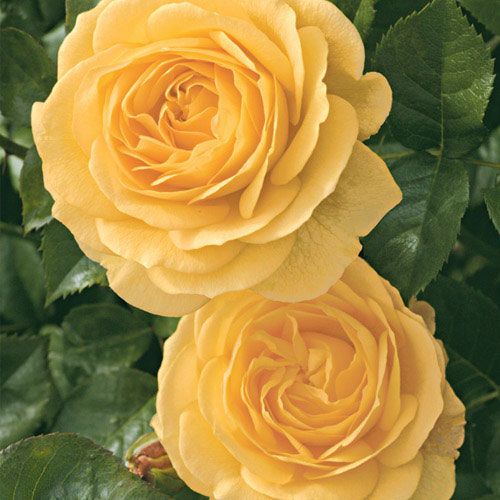Garden Meditation
By Rev. Max Coots
Let us give thanks for a bounty of people:
For children who are our second planting, and, though they grow like weeds and the wind too soon blows them away, may they forgive us our cultivation and fondly remember where their roots are.
Let us give thanks:
For generous friends…with hearts as big as hubbards and smiles as bright as their blossoms;
For feisty friends as tart as apples;
For continuous friends, who, like scallions and cucumbers, keep reminding us we had them;
For crotchety friends, as sour as rhubarb and as indestructible;
For handsome friends, who are as gorgeous as eggplants and as elegant as a row of corn — and the others — as plain as potatoes, and so good for you;
For funny friends, who are as silly as brussels sprouts and as amusing as Jerusalem artichokes, and serious friends as complex as cauliflowers and as intricate as onions;
For friends as unpretentious as cabbages, as subtle as summer squash, as persistent as parsley, as delightful as dill, as endless as zucchini, and who — like parsnips — can be counted on to see you through the long winter;
For old friends, nodding like sunflowers in the evening-time, and young friends coming on as fast as radishes;
For loving friends, who wind around us like tendrils, and hold us despite our blights, wilts, and witherings;
And finally, for those friends now gone, like gardens past, that have been harvested — but who fed us in their times that we might have life thereafter;
For all these we give thanks.




